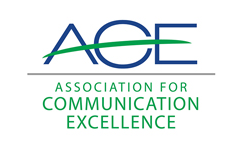Abstract
Prior research has indicated that the incorporation of computer-based peer review into writing instruction increases student engagement, improves student performance, and increases student perceptions of self-efficacy. This study used a quasi-experimental untreated control group design to examine the impact of computer-based peer review on student performance and perceived self-efficacy in an undergraduate agricultural graphic design course. The impact of participation in computer-based peer review on performance scores was investigated using a MANOVA. After two rounds of peer review, students improved their overall course performance by one-half letter grade. Perceptions of self-efficacy were further analyzed using a one-way repeated measures ANOVA. Most (54.17%) students who participated in the computer-based peer review process reported increases in perceived self-efficacy in graphic design. The findings from this study indicate the benefits of computer-based peer review extend to instruction in graphic design courses.
Recommended Citation
Wagner, Sharon P. and Rutherford, Tracy
(2019)
"Impact of Computer-Based Peer Review on College Students’ Performance and Perceived Self-Efficacy in an Online Graphic Design Course,"
Journal of Applied Communications:
Vol. 103:
Iss.
4.
https://doi.org/10.4148/1051-0834.2228
Creative Commons License

This work is licensed under a Creative Commons Attribution-Noncommercial-Share Alike 4.0 License.
Included in
Agricultural Education Commons, Curriculum and Instruction Commons, Educational Methods Commons, Graphic Communications Commons, Graphic Design Commons, Online and Distance Education Commons, Scholarship of Teaching and Learning Commons



